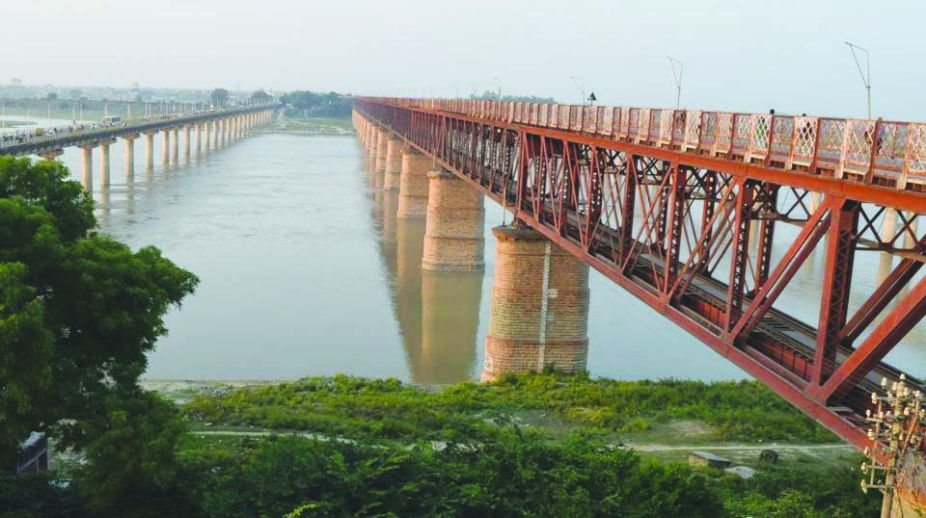DVC restricts vehicles at Maithon Dam
The Damodar Valley Corporation (DVC) has barred the entry of vehicles from 25 December to 1 January in order to restrict the crowd in the tourist spot of Maithon Dam, situated at the Bengal Jharkhand border.

In a bid to save its heritage structures, the Railways has decided against dismantling the 113-year old Lord Curzon Bridge in Allahabad and will hand it over to the Uttar Pradesh government for its preservation.
A senior Railway Ministry official told IANS: “The Lord Curzon Bridge would not be dismantled. It would be handed over to the Uttar Pradesh government.”
The decision, he said, was taken in February after the Uttar Pradesh government wrote to the Railway Ministry requesting that it be handed over the bridge.
Advertisement
“The letter from the UP government was received on February 8. And a decision to hand over the bridge to the state government was taken within eight days on February 16,” the official said.
“We have even informed Northern Railway about the decision to hand over the bridge to the state government,” he said.
According to the ministry official, the construction of the 61-metre-long Lord Curzon Bridge that caters to both rail and vehicular traffic was sanctioned in 1901 as a state railway bridge. The bridge has a single broad gauge (BG) line between the girders and a roadway on top. The engineer-in-charge was Robert Richard Gales. It opened for railway traffic on 15 June 01905, and for road traffic on 20 December 1905.
The bridge connects Allahabad with Phaphamau from the Teliarganj area over the Ganga river.
The official said the road on top and railway line below made the bridge an engineering marvel of the time. The railways abandoned the bridge quite a while ago, but it is still frequented by pedestrians and two-wheeler riders.
The railway official said the Uttar Pradesh government wants to preserve the bridge as a heritage structure.
“The UP government wants to develop a skywalk over the river Ganga on the same bridge,” the official said.
This is the second instance in which the railways has decided to hand over a century-old bridge to a state government.
In early 2017, the South Central Railway handed over the Havelock Bridge to the Andhra Pradesh government.
The bridge was built by the British in 1897. It served Indian Railways well till it was decommissioned in 1997. It was replaced by the Godavari Arch, a bowstring-girder bridge built adjacent to the original bridge.
According to the Railway Ministry official, in 2012, the railways had decided to auction the bridge as scrap. “But news of the auctioning resulted in a wave of protests by historians, academicians and several non-government organisations — as well as political parties. Thus, in 2015, it was decided to hand it over to the state government,” he said.
The Havelock Bridge was constructed with stone masonry and steel girders. The bridge has 56 spans, each of 45.7 metres (150 ft), and is 3,480 metres (11,420 ft) long. The bridge served the busy Howrah-Chennai route until its decommissioning.
The bridge was named after Arthur Elibank Havelock, the then governor of Madras province. It was built under the supervision of Frederick Thomas Granville Walton, who served as the chief engineer. Walton was assisted by executive engineers R A Delanougerede, F D Couchman and J E Eaglesome.
The bridge and the rail line had served as the lifeline of the British forces’ movement to the eastern corridor of Dhaka, Burma and Indonesia during the two World Wars, said K Satyanarayana, a former soldier.
Advertisement